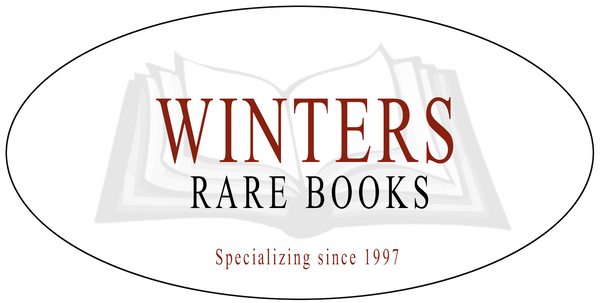The Double ‘1 Wand’ Error
Jan Maliepaard

How a chaotic Bloomsbury employee turned a publishing mishap of Harry Potter and the Philosopher's Stone into a farce.
The original English editions of the Harry Potter books are known to contain a surprising number of errors. Some of these misprints are so distinctive that they add extra allure for collectors. One of the most famous examples appears in the first edition of Harry Potter and the Philosopher’s Stone.

On page 53, readers find a list of equipment required for first-year students at Hogwarts. It begins with “1 wand,” followed by several other magical instruments. But shortly after publication, Bloomsbury discovered a curious mistake: the list ends with another “1 wand.”
This duplication—later dubbed the double wand error—was corrected in the second printing. Sadly for wandmaker Ollivander, that meant half his sales vanished overnight. Had the mistake remained limited to the first print run—just 500 hardbacks and 5,150 paperbacks—it would have served as a perfect identifier for one of the rarest and most valuable editions in the Harry Potter series.
The Return of the Wand
Collectors’ hopes were dashed when, more than a year later, the error returned. By then, the book had already seen 22 paperback and five hardback printings.

In early 1999, at J.K. Rowling’s request, Bloomsbury made a small design update to the title page. Rowling had created a Hogwarts crest featuring all four houses, and she wanted it added to the book. The publisher agreed and decided to refresh the layout of the title page.
After Rowling approved the new design, it was sent to the typesetting department. Unfortunately, the employee in charge made a critical error: instead of pasting the new design into the most up-to-date version of the text, he used the original file from the first print run—complete with the infamous double wand.
The Printing Numbers That Never Were
The result was that the 23rd paperback printing and the 8th hardback printing—both released in January 1999—once again instructed Hogwarts students to purchase two wands. Ollivander’s profits, at least fictionally, doubled once more.
Keen-eyed readers might wonder what happened to the 6th and 7th hardback printings. The answer: they never existed. In a further slip-up, the same employee (?) skipped two numbers in the printing sequence, jumping directly from the 5th to the 8th.
The Error Corrected—Then Repeated
Of course, mistakes happen. A sharp-eyed staff member eventually noticed the reappearance of the double wand error, and the 24th paperback printing was corrected—once again listing just one wand.
The hardback correction took a little longer, with both the 8th and 9th printings still showing the duplicated item. But the saga didn’t end there. In the 25th paperback printing, the second wand mysteriously returned yet again.So another correction had to be made, and from the 26th paperback printing onwards, everything finally seemed to be in order.
The Canadian Connection
In January 1999, around the same time as the UK mishap, Bloomsbury, together with its Canadian partner Raincoast Books, arranged for a Canadian printer to produce a local run of hardbacks. The reason was simple: shipping from the UK was expensive, and local printing made financial sense.

Unfortunately, the extra wand seemed to have magical staying power, because the file sent from Bloomsbury to the Canadian printer included the original error. It's entirely possible that the person who sent it was the same staffer behind the UK mix-up.
Unlike in the UK, where the error was eventually corrected, Canadian readers would continue receiving books with the double wand error for years. Every Canadian edition printed over the following two years contains the mistake.
Lingering Confusion Among Collectors
The chaos created by this unknown staffer still sows confusion today. It's not uncommon to see listings from enthusiastic sellers who believe they’ve found a rare gem because their book includes the double wand error on page 53.
What they often don't realise is that their copy is one of the thousands printed in Canada—far from the ultra-rare UK first edition.
